It’s a bright idea to make sure your vehicle’s lights and wipers are working properly so you can be seen by others and your visibility is not compromised, advises the Car Care Council.
“Lights and wipers play a critical role in safe driving, as the chance of an accident increases if you can’t see or be seen,” said Rich White, executive director, Car Care Council. “From the driver’s seat you may not notice a light that isn’t working, so inspect all of your car’s lights and replace those that are out. Also, inspect and replace wiper blades so you can see clearly when wet weather hits.”
Lights are normal wear items that require periodic inspection and replacement. The lighting system provides nighttime visibility; signals and alerts other drivers; and supplies light for viewing instruments and the vehicle’s interior. In addition to replacing dimming, rapidly blinking and non-functioning lights, the following tips can help keep you safe:
- Keep headlights, tail lights and signal lights clean. External dirt and debris can dim operational lights from being seen by others.
- Make sure that your headlights are properly aimed. Misaimed headlights blind other drivers and reduce your ability to see the road.
- Don’t overdrive your headlights; you should be able to stop inside the illuminated area, otherwise you are creating a blind crash area in front of your vehicle.
- If there is any doubt on whether or not your headlights should be on, turn them on. Lights not only help you see better in early twilight, they also make it easier for other drivers to see you.
The wiper system keeps excessive water, snow and dirt from building up on the windshield, maintaining clear visibility. Many factors can accelerate the replacement interval of wipers, including operating conditions (winter conditions are tough on wiper blades), frequency of use, material and type of wipers and sunny weather. In fact, wiper blades can deteriorate faster and need more frequent replacement in desert states.
